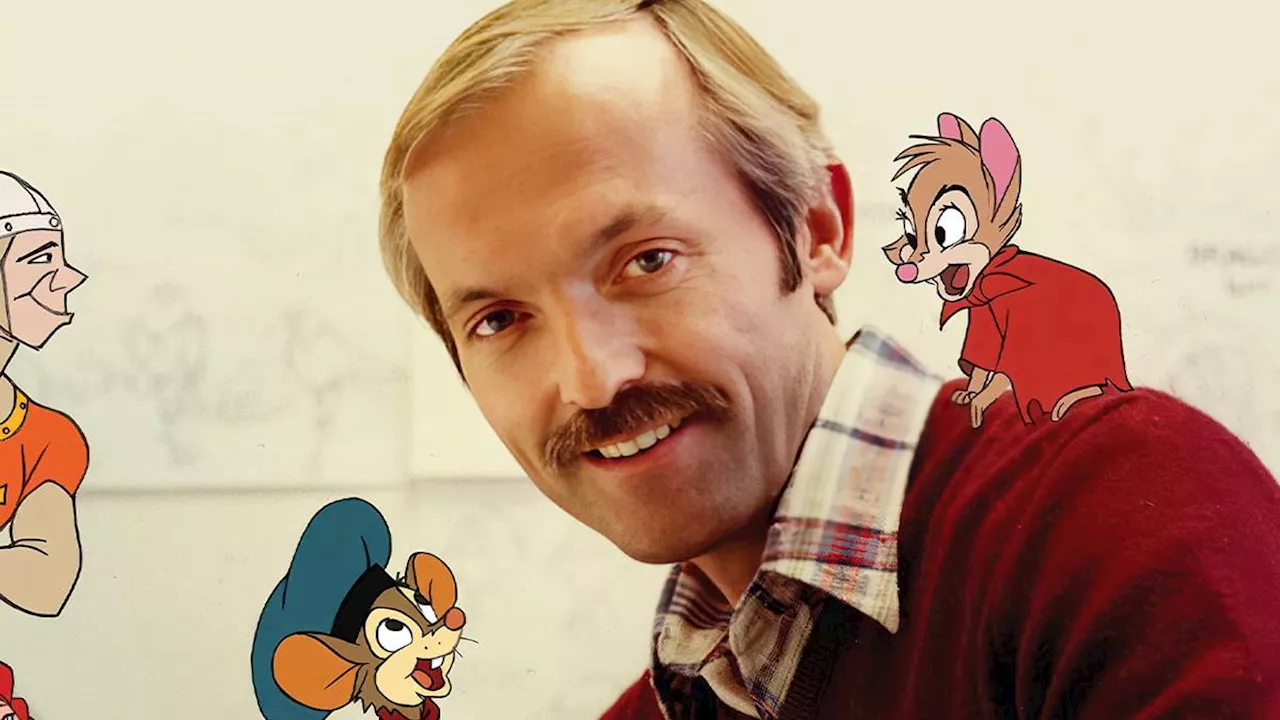Animator Don Bluth is the subject of a new documentary titled Don Bluth: Somewhere Out There, which delves into his career and the challenges he faced while competing against Disney. Directed by Chad N. Walker and Dave LaMattina, the film provides a reflective look at Bluth’s journey as he attempted to redefine the animation landscape during the 1980s.
Bluth’s career began at Disney, where he aspired to be part of the iconic studio responsible for classics like Snow White and the Seven Dwarfs and Cinderella. However, he joined Disney at a time of uncertainty, just before Walt Disney’s death in 1966. The studio’s animated output during the 1960s and 1970s was criticized for lacking the innovation and quality associated with its legacy. In response, Bluth made the bold decision to leave Disney and establish his own animation company, Don Bluth Entertainment, aiming to challenge the status quo.
The documentary begins with Bluth’s departure from Disney, presenting it not as a rivalry but as a healthy competition that could benefit both studios. Initially, Bluth’s enterprise faced financial difficulties, yet their first film, The Secret of NIMH, achieved respectable success despite a modest budget. This project marked a significant step in demonstrating that animation could transcend Disney’s established formulas.
Through a series of candid interviews, Bluth reflects on his experiences, openly addressing the financial hurdles his studio encountered, which eventually led to relocating operations to Ireland. There, they not only produced animated films but also engaged in teaching young animators, expanding the craft in new directions. Bluth’s innovations extended beyond traditional animation; he also pioneered animated video games like Dragon’s Lair and Space Ace, merging the worlds of animation and interactive entertainment.
While the documentary highlights Bluth’s artistic achievements, it also touches on the challenges of storytelling. Bluth acknowledges that despite the visual brilliance of his work, the scripts often fell short of fully realizing their potential. Notably, his most successful partnerships, such as the collaboration with Steven Spielberg on An American Tail and work with Fox on Anastasia, demonstrate that teamwork can elevate creative output.
Despite its engaging content, Don Bluth: Somewhere Out There occasionally lacks a chronological flow, which may confuse viewers. While it offers insights into Bluth’s upbringing and personal struggles, such as grappling with self-image and faith, it does not delve deeply enough into his personal life. After the success of Anastasia, the film jumps ahead nearly three decades, leaving a gap in understanding Bluth’s journey during that time.
As the documentary closes, viewers find Bluth reflecting on his past with gratitude and a renewed passion for storytelling through stage writing. Although he expresses some regrets, he also celebrates the impact his work has had on the animation industry, noting how competition has led to a flourishing of creativity across various studios, including Pixar.
In conclusion, while Don Bluth: Somewhere Out There may not provide an exhaustive exploration of Bluth’s personal life, it successfully highlights the animator’s daring contributions to the industry. Bluth’s journey showcases the resilience required to challenge a dominant player like Disney, ultimately enriching the world of animation in profound ways.





































































